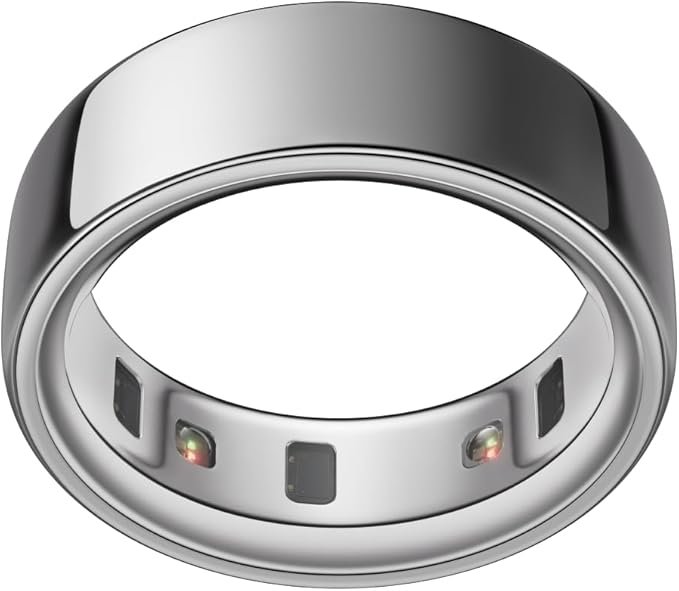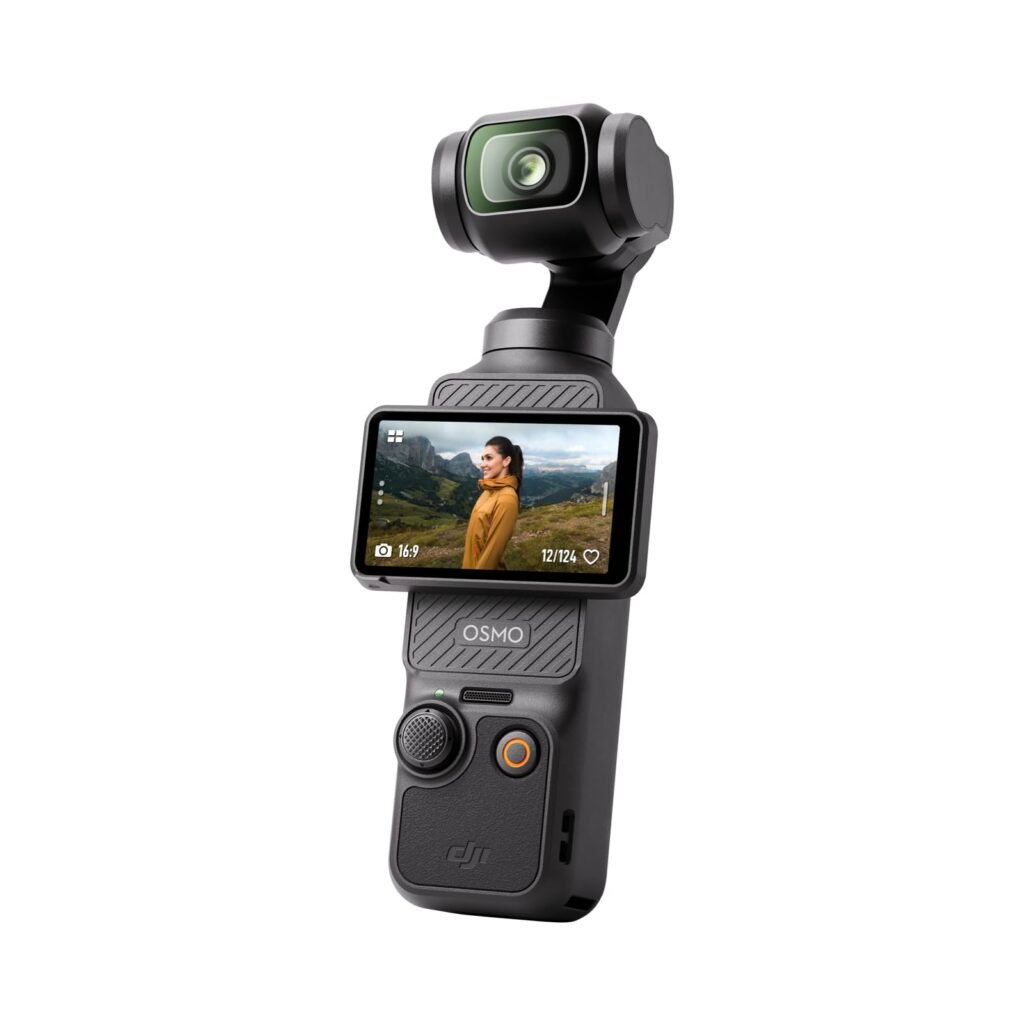
It started with a restless night.
We’d had a long day at the office, stayed up late catching up on emails, and woke up groggy—again. Our smartwatches said we had “enough” sleep, but our bodies said otherwise. That’s when we decided to dive deep into a new kind of wearable—one that wasn’t constantly buzzing or flashing, but one that claimed to truly understand the rhythms of our body.
Enter the Oura Ring 4—a health and wellness tracker that’s not worn on your wrist, but your finger.
In a world where screen fatigue is real and people are demanding more from their wearable tech (without wearing a mini phone on their arm), the Oura Ring is a refreshing solution. It quietly tracks sleep, recovery, readiness, temperature, heart rate, and more—all while looking like a sleek piece of jewelry. Over several weeks of real-world testing, we wore the ring to bed, to the gym, on work trips, and through high-stress days. Here’s what we found.
What Is the Oura Ring 4 and Why Is It a Big Deal in 2025?
The Oura Ring 4 is a minimalist smart ring packed with high-grade health sensors. Unlike most wearables that double as fitness coaches and notification machines, Oura is laser-focused on tracking and optimizing your physical and mental health—especially sleep and recovery.
As wellness becomes less about grinding and more about balancing, the Oura Ring fits this cultural shift perfectly. It’s built for those who want to feel good, not just get fit. And in today’s overconnected, overstimulated world, that mission couldn’t be more relevant.
Key Takeaways
- Tracks sleep, readiness, activity, heart rate, HRV, temperature, and SpO2
- Up to 7 days of battery life, with quick charging
- Polished and insightful mobile app
- Great for health-conscious users and minimalists
- Subscription needed for full access ($5.99/month)
- No GPS or screen for live fitness stats
Real Life with the Oura Ring 4: What We Loved
1. The Sleep Coach You Didn’t Know You Needed
One of our team members wore the Oura Ring 4 for two weeks while adjusting to a new baby at home. Every night was fragmented sleep, and every morning was a mystery—“Did I actually rest at all?”
The Oura app didn’t just say “you slept 6 hours” like a smartwatch might. It broke it down: light sleep vs deep sleep, disturbances, recovery quality, body temperature fluctuations, and even late-night heart rate spikes. The Readiness Score the next morning would say it all: “Your body needs rest today. Consider low-stress activities.”
For tired parents, shift workers, or entrepreneurs juggling late nights and early mornings, this data is gold.
2. Subtle Enough for Workdays and Meetings
We tested it in a corporate setting, during presentations, video calls, and even networking events. Unlike fitness bands or smartwatches, the Oura Ring never felt out of place. It blended in with formalwear and didn’t distract.
No buzzing. No accidental Siri activations mid-meeting. Just silent, continuous tracking—right under everyone’s nose.
3. Fitness and Recovery Tracking Without the Bulk
One of us took it for a spin during strength training, light jogging, and yoga. While it doesn’t track reps or laps, it measures recovery, heart rate trends, and how your body handled the session afterward. That information shaped how we approached future workouts.
We weren’t pushing to the limit every day anymore. We were learning when to go hard—and when to go home.
4. Truly Set-and-Forget Battery Life
No one wants to charge another device daily. The Oura Ring 4 gave us nearly a full week of battery life with 20-minute top-ups. During a recent business trip, we completely forgot the charger—and didn’t even need it.
What We Didn’t Love
Even great tech has its blind spots.No Onboard GPS or Screen
During a weekend trail run, we realized the Oura Ring wasn’t meant for real-time tracking. It didn’t record distance or route—your phone still has to do that. This isn’t for competitive runners or cyclists.
The Subscription Wall
You’ll need the $5.99/month Oura Membership to unlock the best insights—like readiness scores, historical trends, and personalized health guidance. For some users, the price feels steep after buying a ~$300 ring.
Fit and Finish
The ring comes with a free sizing kit, but it still took a few days to figure out the most comfortable finger. Hot days? It felt tighter. Cold mornings? It spun around. If you’re someone whose fingers swell or shrink often, expect some trial and error.
Who Is the Oura Ring 4 For?
Buy it if you’re…
- A wellness enthusiast, biohacker, or data nerd
- Someone looking to improve sleep, stress, or recovery
- A professional who wants subtle, stylish tracking
- Tired of bulky, distracting fitness bands
- An entrepreneur or remote worker juggling mental load
Skip it if you’re…
- A serious runner or cyclist who needs GPS
- Someone who wants real-time notifications or fitness stats
- On a strict budget (subscription required)
- Not a fan of wearing rings
Final Verdict: A Quietly Brilliant Health Companion
The Oura Ring 4 doesn’t try to do everything. It does a few things—and it does them exceptionally well.
It’s the wellness wearable for people who don’t want to wear a wellness wearable. Whether you’re recovering from intense workouts, managing stress at work, or simply trying to sleep better, the Oura Ring helps you listen to your body without the noise.
Is it for everyone? No. But if you’re someone who believes that smarter choices lead to better days, it just might become the most valuable piece of tech you own.
Our Affiliate Verdict: 4.5/5 Stars
Pros:
✔️ Best-in-class sleep and recovery tracking
✔️ Beautiful, discreet design
✔️ Insightful and polished app experience
✔️ Long-lasting battery life
Cons:
❌ No live fitness tracking or GPS
❌ Subscription needed for full features
❌ Sizing can be tricky for some


